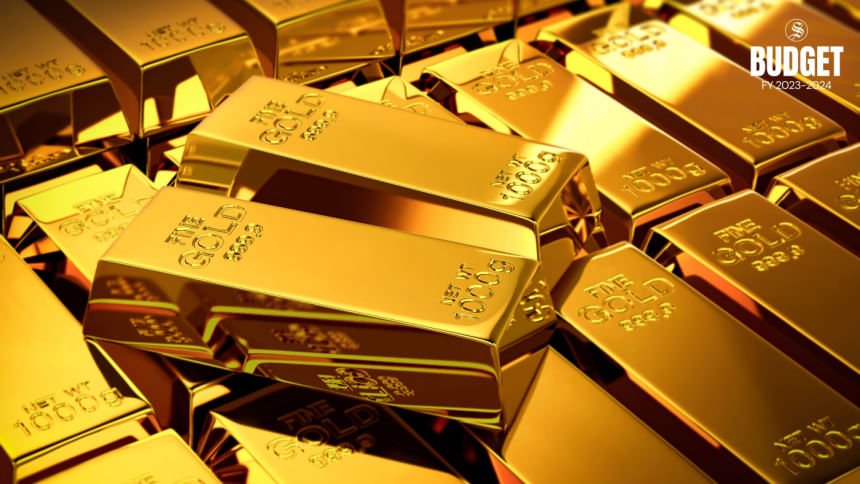Demand for gold reached a peak in the third quarter with the metal’s price hitting a historic high due to geopolitical tensions, according to industry data released on Thursday. The World Gold Council reported a three percent year-on-year increase in total demand to 1,313 tonnes from July to September. The ongoing Russia-Ukraine conflict and Israel-Gaza tensions boosted gold’s appeal as a safe-haven asset, leading to the highest volume of demand in around 25 years of record-keeping by the WGC.
The heightened uncertainty stemming from various regional conflicts and trade tensions contributed to the surge in demand for gold, as stated by WGC analyst Louise Street. Central banks’ increased buying activity coincided with gold prices repeatedly setting new records throughout the year. Despite reaching an all-time high of $4,381.52 per ounce in October, gold prices have since dropped significantly due to profit-taking activities.
The value of gold demand surged by 44 percent year-on-year to a record $146 billion in the third quarter, the WGC’s report highlighted. Factors such as the US government shutdown and expectations of further Federal Reserve interest rate cuts, which have weakened the dollar, have provided additional support to gold prices in recent months, according to analysts.
Gold has seen strong demand through Exchange-Traded Funds (ETFs) on stock markets, offering investment opportunities without directly engaging in the gold futures market. However, the high-price environment has led to a decrease in jewelry demand, which fell by 23 percent to 419.2 tonnes in the July-September period, marking the lowest third-quarter level since 2020 during the global Covid pandemic.
Street characterized gold’s recent pullback to around $4,000 per ounce as a “healthy correction,” helping to alleviate excessive speculative positioning in the market.

